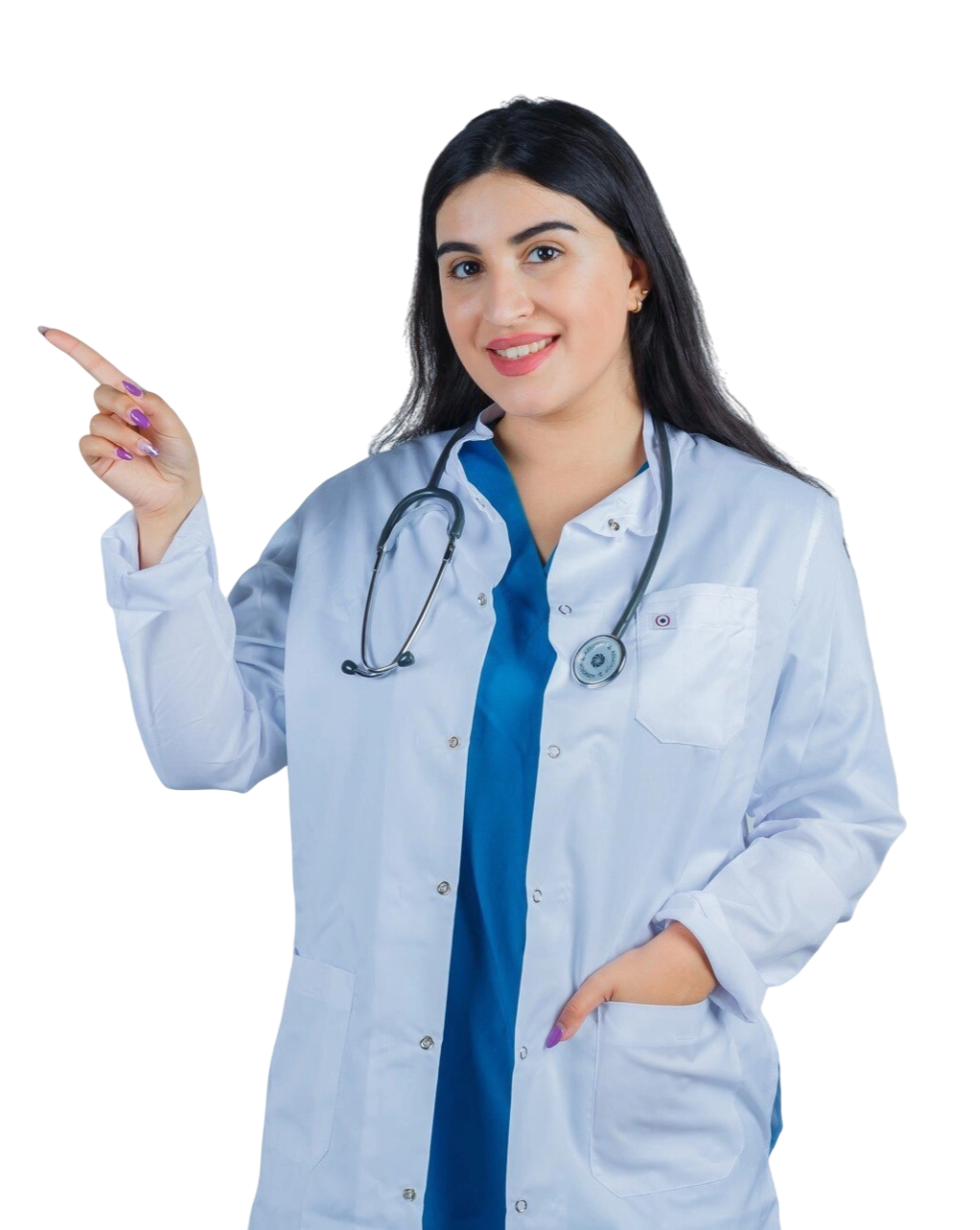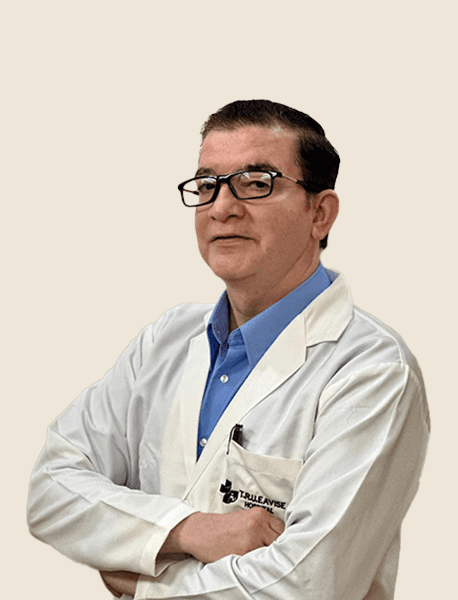Rotator Cuff Repair Surgery
Rotator cuff repair is a surgical procedure performed to mend torn tendons in the shoulder. The rotator cuff is a group of muscles and tendons that stabilise the shoulder joint and allow for smooth arm movement.
Best Doctors for Rotator Cuff Repair
Best Orthopedic Surgeon in Gurgaon
Dr. Harnam Singh Madan is an internationally trained Orthopaedic Surgeon with a distinguished academic background that includes FIJR, MNAMS, DNB-Orth, D-Orth, MBBS, and DHM, culminating in a NAMS Fellowship in Robotic Joint Replacement (MAKO) and an MBA in Healthcare Management.
He is expert in joint replacement surgeries (THR, TKR), including computer-navigated and robotic-assisted procedures, orthopaedic trauma, deformity correction, and complex bone disorders. He has successfully performed 5,000+ complex surgeries, integrating AI-powered diagnostics.
I believe in personalized care, listening closely to each patient, understanding their unique needs, and partnering with them to create the most effective treatment plan.

Available at: T.R.U.E. Hospitals
Timing: Mon–Sun | ⏰ 24×7 Open
Who Is Eligible for Rotator Cuff Repair Surgery?
Not everyone with a rotator cuff injury needs surgery. The decision depends on a variety of factors, including:
- Severity of Symptoms: Individuals experiencing ongoing shoulder pain, weakness, or difficulty performing everyday tasks like lifting the arm may be candidates.
- Non-Responsive to Non-Surgical Treatment: If rest, medications, and physiotherapy do not provide relief, surgery is considered.
- Size and Type of Tear: Large, full-thickness, or complex tears are more likely to require surgical repair.
- Age and Activity Level: Active individuals and younger patients with good overall health generally benefit more from surgical repair, but older individuals with good shoulder function may also qualify depending on their goals and health condition.
How Is Rotator Cuff Repair Surgery Performed?
Rotator cuff repair surgery can be carried out in several ways, depending on the type and severity of the tear:
- Anaesthesia: The patient is typically placed under general anaesthesia.
- Arthroscopic Repair: A minimally invasive method using small incisions and a camera (arthroscope) to guide surgical tools.
- Mini-Open Repair: Combines arthroscopy with a small open incision to complete the repair.
- Open Repair: A larger incision is made when the damage is extensive and better visibility is needed.
- Repair Process: The torn tendon is reattached to the bone (humerus) using sutures and small anchors. Bone spurs, if present, are also removed.
- Closure: The incision is stitched, and the area is covered with a sterile dressing. A sling is usually provided to support the arm during the healing phase.

Don’t Hesitate To
Contact Us
In urgent situations, you can count on us. Learn more about our emergency services and the specialized care we provide around the clock.

Call Us - 9220472227
FAQ
Is rotator cuff surgery painful?
You will be under anaesthesia during the procedure. Post-operative discomfort is common but manageable with prescribed medications and physical therapy.
How long does it take to recover from rotator cuff surgery?
Recovery varies, but most patients can resume daily activities in 3 to 6 months. Full healing and return to sports or strenuous work may take up to a year.
Will I need physical therapy after surgery?
Yes, physiotherapy is essential for restoring strength, flexibility, and shoulder function.
How successful is rotator cuff repair surgery?
When performed by an experienced surgeon, success rates are high—typically 80–95%—with significant improvements in pain relief and shoulder function.


